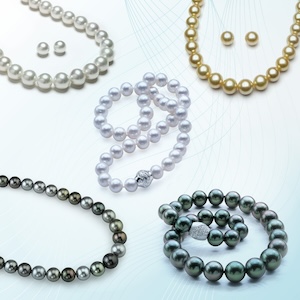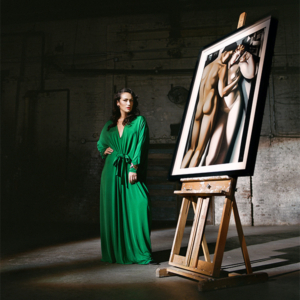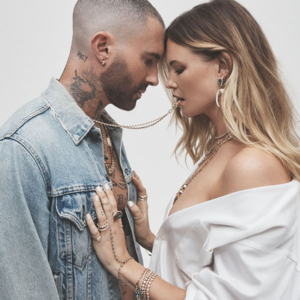
Paul Zimnisky is a respected diamond industry analyst based in New York City. He posts articles, podcasts, and market reports to his website, PaulZimnisky.com. Here, he shares his thoughts on the future of lab-grown diamonds.
What percentage of the overall market is lab-grown diamonds?
I estimate lab-grown diamond jewelry sales now represent about 10% of global diamond jewelry sales. That’s up from nearly 0% five or six years ago. The U.S. is by far the largest market for lab-grown—about 70%–80% of the total—but the product is now available in most of the major markets throughout the world.
Is that taking market share away from natural diamonds?
That’s hard to pinpoint. Early on, it was definitely cannibalizing natural diamond sales. The lab-diamond jewelry market is also creating incremental demand that wouldn’t have existed if lab-diamond product didn’t exist. Not all lab-diamond jewelry is taking away from natural diamond jewelry sales.
I think Pandora is a good example of that. We don’t know how much product they will sell, but it will probably be substantial, given how big a global presence they have. Its consumers were not going into a jeweler wanting a $300 piece of jewelry.
It all depends on price point. I think in five years, Lightbox’s $800 a carat is going to be standard pricing, and that will change how jewelers market it.
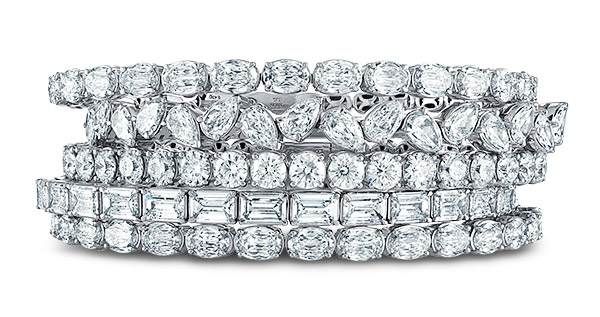
We always hear that wholesale prices are falling quicker than retail prices.
They are symbiotic. Wholesale prices tend to lead retail prices. In the last few weeks, I’ve seen lab-diamond prices drop pretty significantly. In the last month, a 1.5 ct. diamond that sold for $3,400 or $3,500 has gone down to $3,000. Supply is growing faster than demand. I think once the COVID lockdowns in China end, and the supply chain opens back up, you will see further decreases.
Do you see lab-grown ending up as mostly a fashion item?
Pandora is the most important distributor of lab diamonds. They are strictly marketing them as fashion jewelry. You look at Blue Nile, another big player. It sells lab-grown as exclusively fashion. As we go on, more and more of lab-grown will be sold as fashion.
There is a certain novelty, and maybe a fad mentality, associated with lab-grown diamonds right now. If you get to the point where it’s not as cool, not as interesting, then it’s just a lower price point piece of jewelry.
Long-term, if you’re a retailer, and you get to sell a customer a once-in-a-lifetime item [such as an engagement ring], would you rather it be an $8,500 diamond or a $750 diamond? It’s the jeweler that’s been steering customers to lab diamonds. In general, people aren’t coming in asking for them.
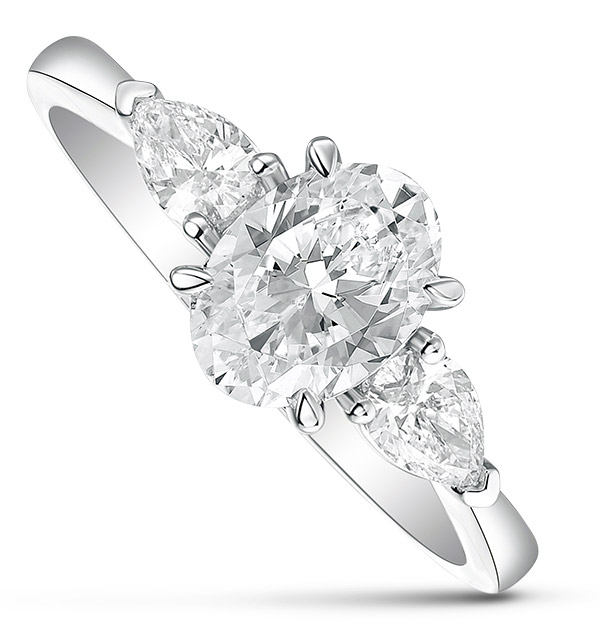
Where do you see the lab-grown market going?
The manufacturing of lab diamonds is becoming much more competitive. It will be difficult for small companies to compete.
As more and more manufacturers get into it, I think you will see the margins drop. We have had situations where we have seen natural diamond oversupply, and that’s a nonrenewable natural resource. I think the situation could be worse for lab-grown.
If you look at abrasive grit diamonds, 90% of them are produced in China. They control that market. I would wager we’ll see the same thing in the lab-grown diamond market.
Do you see better-quality diamonds being produced?
Yes, because you can treat them. That is the big difference with the natural. There isn’t a taboo against treating, as it’s already a manufactured product. When the [CVD treatment] patent expires, everyone will be able to treat their goods. We’ll see if consumers are willing to pay a premium for an “as-grown” stone, but I don’t think most will.
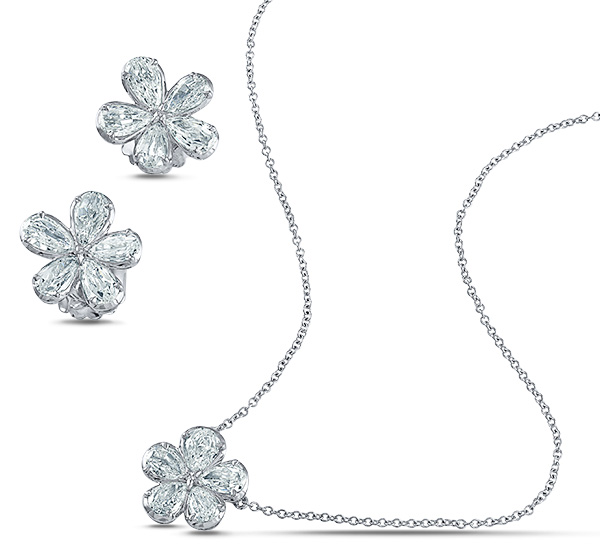
Where do you see areas of growth for lab-grown?
TAG Heuer just put out a watch using lab-grown diamonds on the crown. I think we’ll see more of that, using lab diamonds in a way that you aren’t able to use natural diamonds. That’s where it’s really exciting, having the ability to produce a diamond that is unique or is made to a custom shape. The lab industry needs to start focusing on what it can do that the natural market can’t, aside from sell at a lower price.
Internationally, the market is still at a very early stage. That sub-$1,000 price point is where it could really be interesting in China, as you could attract consumers that would like a diamond but can’t afford a [natural] diamond. That’s where the growth could come from, the Chinese market at that lower price point.
Follow JCK on Instagram: @jckmagazineFollow JCK on Twitter: @jckmagazine
Follow JCK on Facebook: @jckmagazine

